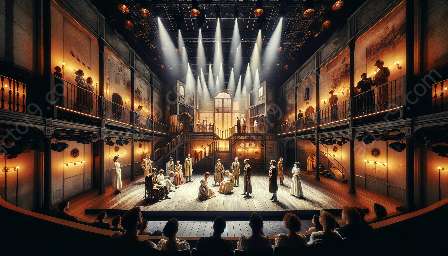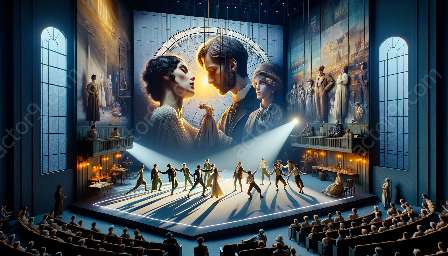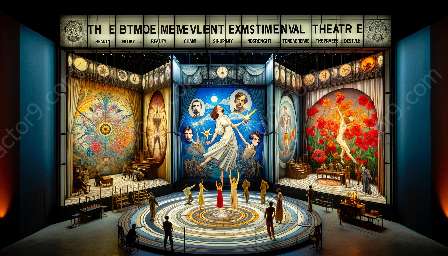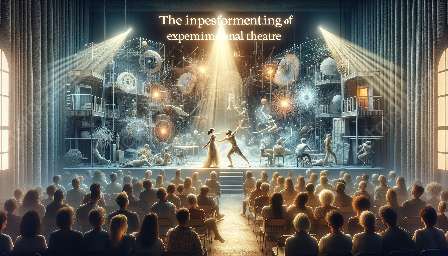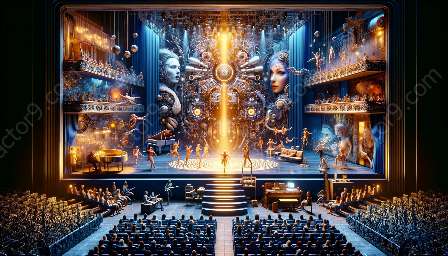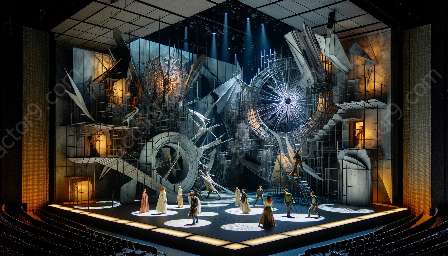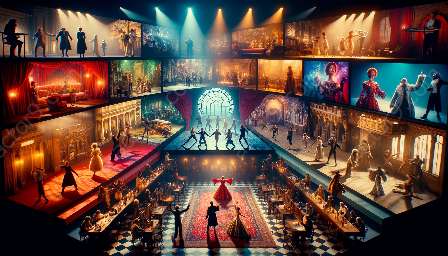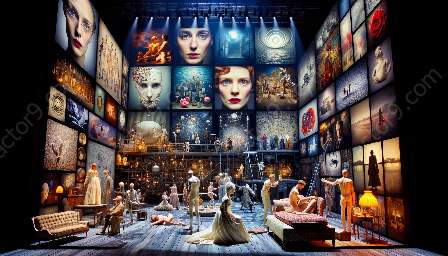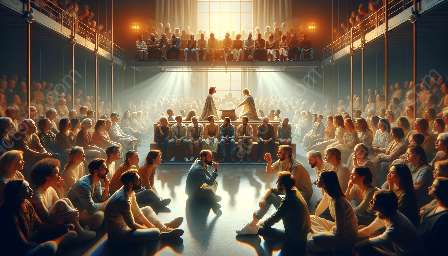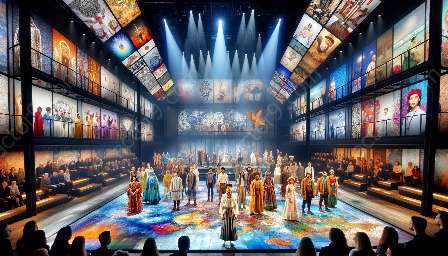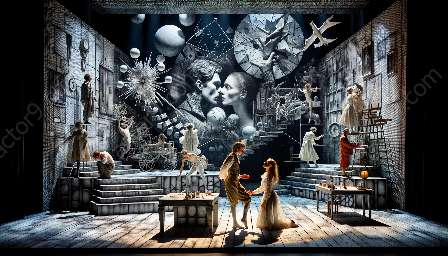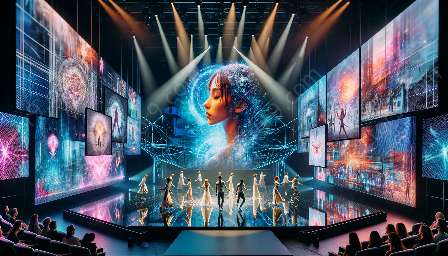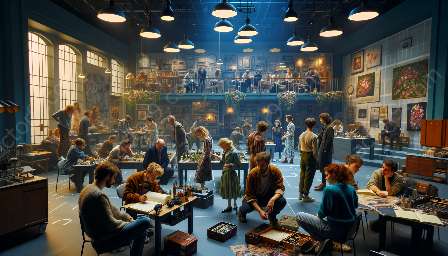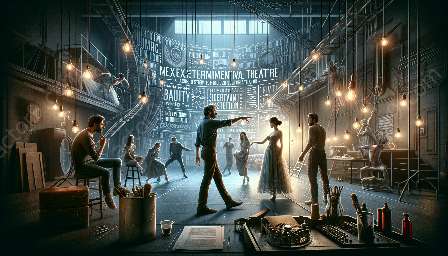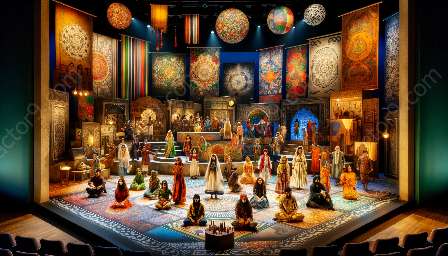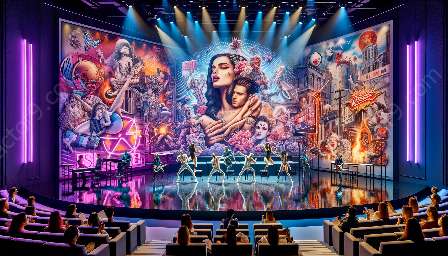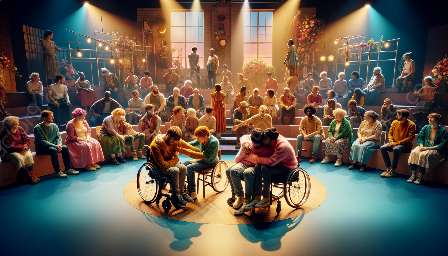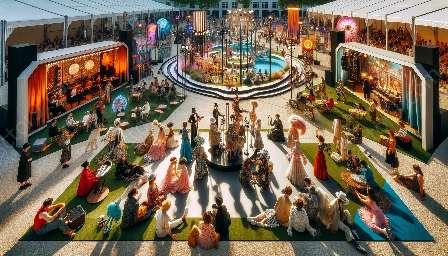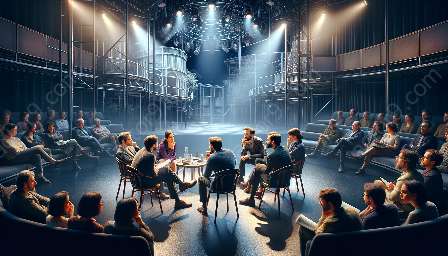Experimental theatre, with its boundary-pushing nature, presents unique challenges when it comes to designing and producing shows in non-traditional spaces. This article will delve into the obstacles faced by theatre practitioners in this realm, and the implications for production and stage design in experimental theatre.
1. Space Adaptation
One of the primary challenges of staging experimental theatre in non-traditional spaces is adapting to the unique characteristics of each location. Unlike conventional theatre spaces, non-traditional venues may lack proper acoustics, lighting infrastructure, and seating arrangements. Designing productions for such spaces requires extensive planning and creative problem-solving to ensure that the performance is effectively communicated to the audience.
2. Technical Limitations
Non-traditional spaces often pose technical challenges in terms of rigging, sound amplification, and set construction. Production teams must navigate these limitations to deliver a seamless experience for both performers and spectators. This necessitates innovation in stage design, as well as collaboration with technical experts to overcome these hurdles.
3. Audience Engagement
Unlike traditional theatres, non-traditional spaces may not provide the same level of intimacy and comfort for the audience. This can impact the effectiveness of experimental theatre, which often relies on immersive and interactive elements. Engaging the audience in non-traditional settings demands a more thoughtful approach to production and stage design, placing emphasis on creating meaningful connections within the unconventional environment.
4. Logistics and Safety
Ensuring the safety and comfort of both the performers and audience members in non-traditional spaces presents logistical challenges. From navigating unconventional entry and exit points to addressing potential hazards within the space, production teams must prioritize safety measures while maintaining the artistic integrity of the performance. This requires meticulous planning and coordination to execute a successful and secure production.
5. Resource Management
Non-traditional spaces may require additional resources and specialized equipment to support the production and stage design. This can strain budgets and logistical capabilities, necessitating innovative solutions to maximize the available resources without compromising the artistic vision. Efficient resource management is crucial in overcoming these challenges and ensuring the sustainability of experimental theatre in diverse environments.
6. Impact on Production and Stage Design
The challenges of designing and producing experimental theatre in non-traditional spaces directly influence the production and stage design process. Creativity and adaptability become paramount as theatre practitioners strive to transform unconventional locations into compelling performance venues. This impact is reflected in the innovative use of space, unconventional set designs, and the integration of immersive technologies to enhance the audience experience.
Conclusion
In conclusion, the challenges of designing and producing experimental theatre in non-traditional spaces require a comprehensive understanding of the complexities involved in utilizing unconventional venues for artistic expression. Overcoming these challenges fosters innovation and pushes the boundaries of traditional theatrical norms, ultimately enriching the landscape of experimental theatre and contributing to its evolution.

